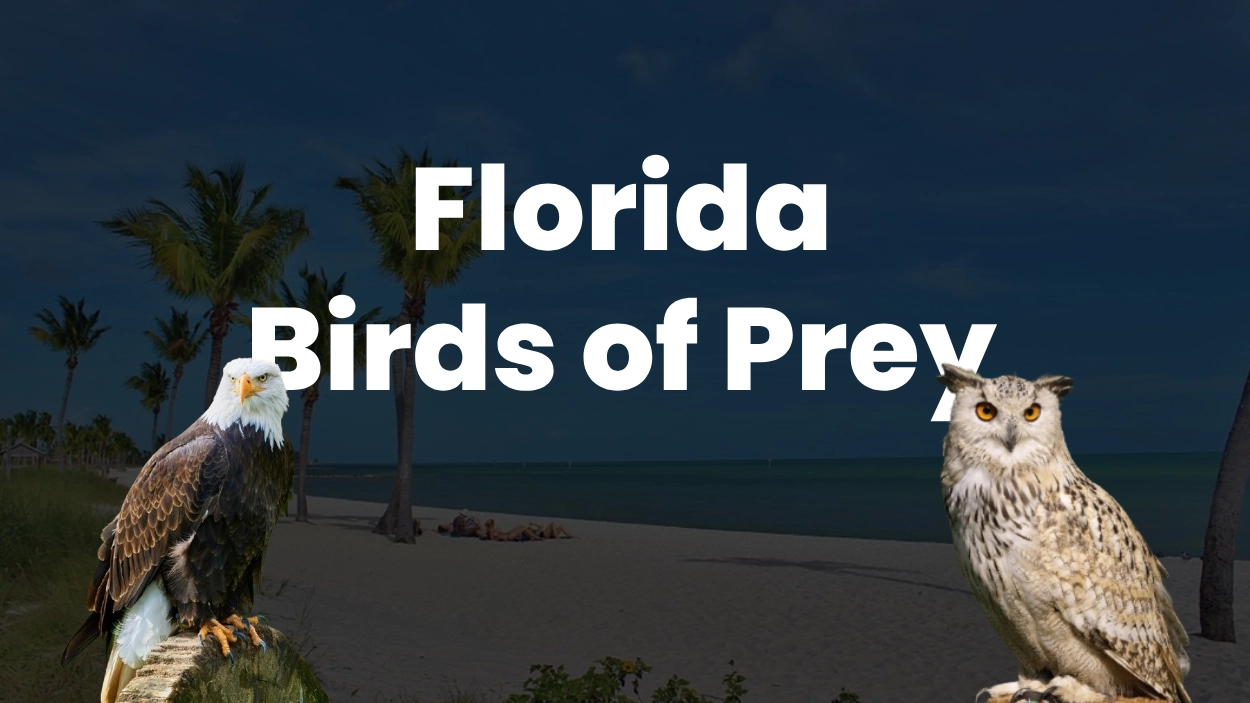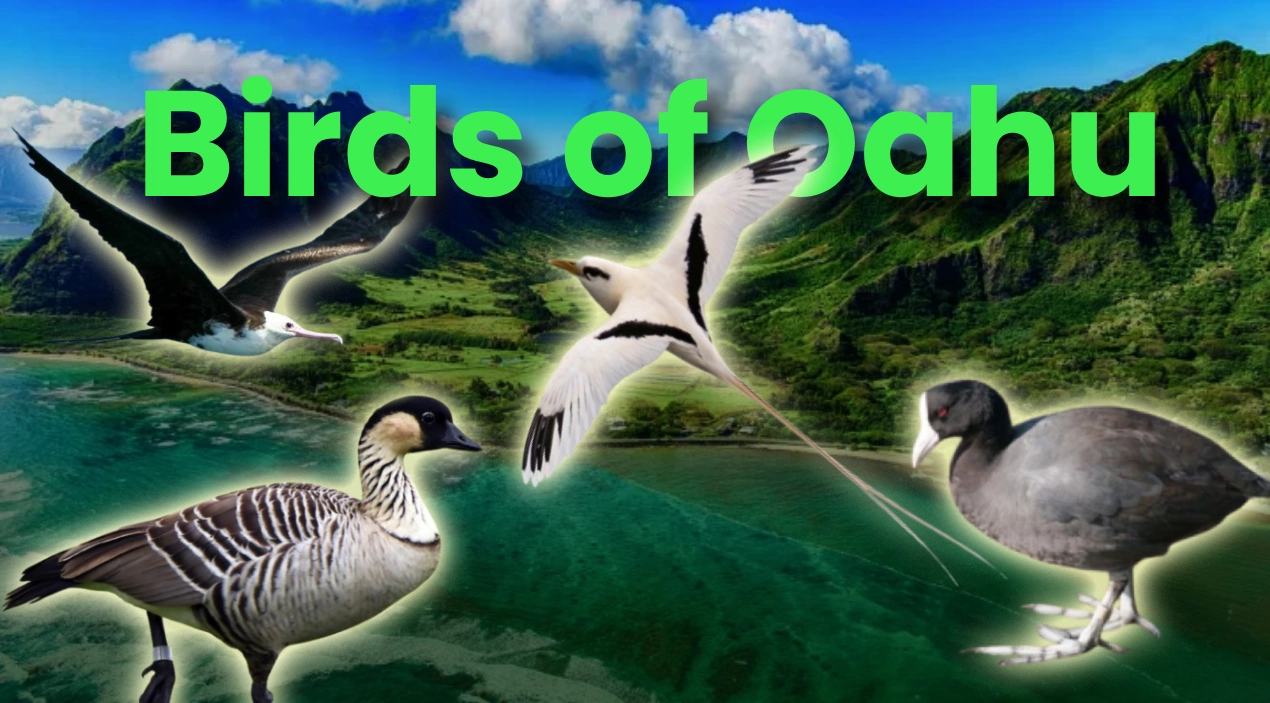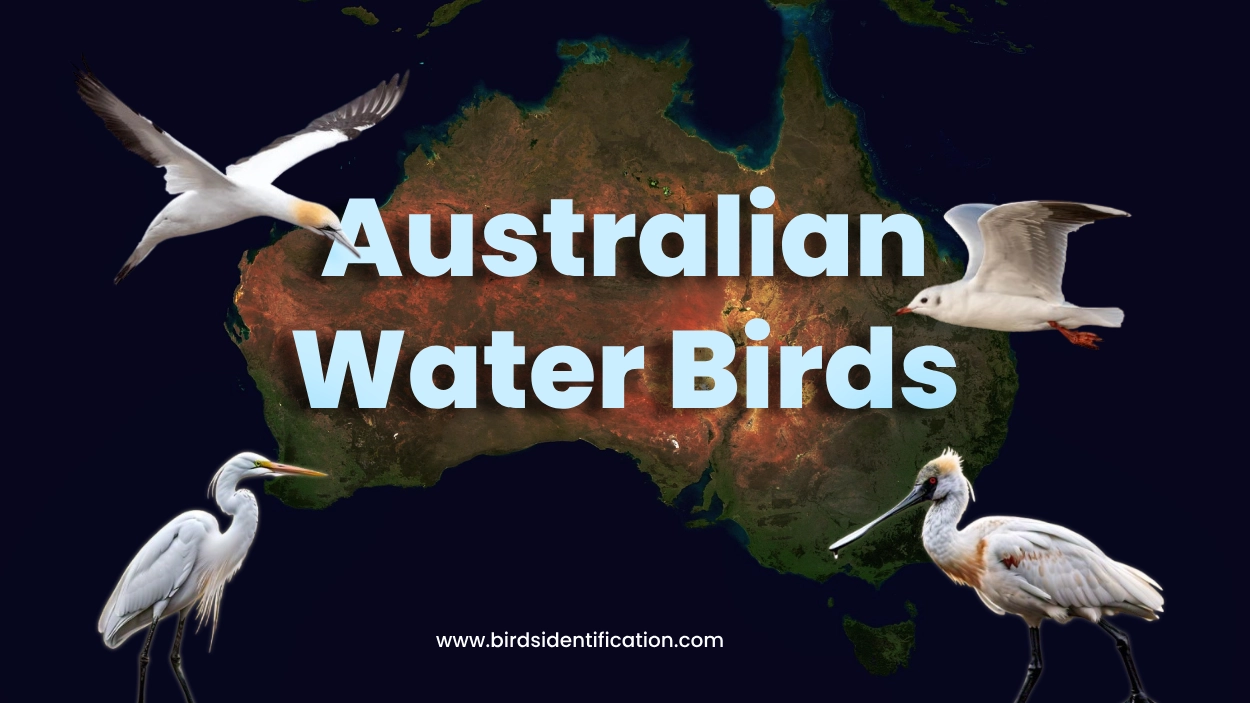Prey birds in Florida are among the most unique and most healthily appreciated wildlife in the state with its various ecosystems. As aerial hunters typically found high above wetlands, forests, and grasslands, they are of tremendous importance to the balance of ecology. Most often referred to as raptors, Florida’s birds of prey include hawks, eagles, owls, kites, falcons, vultures, and many more species that have, in all cases, adapted to their specific habitat for hunting or scavenging.
Birds of prey have sharp talons, acute eyesight, and awesome, hooked beaks which have made them nigh unbeatable as predators. Ranging from the unmistakable call of the Red-shouldered Hawk to the majestic swoop of the Bald Eagle, each species brings different characteristics and behaviors molded by the habitats they occupy. Such varied habitats found in Florida-such as swamps, forests, and coastlines-provide perfect nesting habitats for these birds and attract resident migrating species year-round.
Indication of health of the ecosystem; usually the first to show signs of environmental stress. Habitat loss, pollution, and climate change have made many species depend on continued conservation efforts. This guide looks at some of Florida’s most iconic raptors, detailing their physical traits, habitat characteristics, diets, and behavioral traits, as informative and enticing for the veteran birdwatcher and neophyte birdwatcher alike.
List of Florida birds of prey identification
1) Great Horned Owl

- Scientific Name: Bubo virginianus
- Habitat: Forests, wetlands, and urban areas
- Behavior: Solitary, hunts at night
- Physical Characteristics: Large ear tufts, mottled gray-brown color, yellow eyes
- Colors: Gray-brown, with barring on chest
- Eggs: Usually 1-4 eggs per clutch
- Wingspan: 3.3 – 4.8 feet
- Length: 18-25 inches
- Mass: 2-5.5 pounds
- Lifespan: Up to 13 years in the wild
2) Eastern Screech Owl

- Scientific Name: Megascops asio
- Habitat: Wooded areas and residential neighborhoods
- Behavior: Nocturnal; known for trilling or whinnying calls
- Physical Characteristics: Small, with gray or reddish-brown plumage
- Colors: Gray or rusty
- Eggs: Typically 2-6 per clutch
- Wingspan: 18-24 inches
- Length: 6-10 inches
- Mass: 4-8.5 ounces
- Lifespan: 10-14 years
3) Black Vulture

- Scientific Name: Coragyps atratus
- Habitat: Open areas, landfills, and highways
- Behavior: Social, often seen in groups
- Physical Characteristics: Black with a bare head and short tail
- Colors: Black
- Eggs: 1-3 per clutch
- Wingspan: 4.5-5 feet
- Length: 22-29 inches
- Mass: 3.5-4.5 pounds
- Lifespan: Around 10 years
4) Osprey

- Scientific Name: Pandion haliaetus
- Habitat: Near rivers, lakes, and coasts
- Behavior: Primarily fish-eaters, known for dramatic dives
- Physical Characteristics: Brown above, white below, distinctive black eye stripe
- Colors: Brown and white
- Eggs: 2-4 eggs per clutch
- Wingspan: 5-6 feet
- Length: 20-24 inches
- Mass: 2-4.5 pounds
- Lifespan: Up to 15 years
5) Golden Eagle

- Scientific Name: Aquila chrysaetos
- Habitat: Open and semi-open regions
- Behavior: Skilled hunters, often prey on small mammals
- Physical Characteristics: Dark brown with lighter golden-brown on head
- Colors: Dark brown, golden head
- Eggs: 1-3 per clutch
- Wingspan: 6-7 feet
- Length: 26-40 inches
- Mass: 6-15 pounds
- Lifespan: 30 years
6) Bald Eagle

- Scientific Name: Haliaeetus leucocephalus
- Habitat: Near water bodies
- Behavior: Majestic and territorial
- Physical Characteristics: White head, yellow beak, brown body
- Colors: White and brown
- Eggs: 1-3 per clutch
- Wingspan: 6-8 feet
- Length: 28-40 inches
- Mass: 6-14 pounds
- Lifespan: Up to 20 years
7) Red-shouldered Hawk

- Scientific Name: Buteo lineatus
- Habitat: Wetlands, forests, swamps
- Behavior: Often soars, has a loud kee-ah call
- Physical Characteristics: Rust-colored chest, barred wings
- Colors: Brown and white, red shoulders
- Eggs: 2-5 per clutch
- Wingspan: 3.5 feet
- Length: 17-24 inches
- Mass: 1-1.7 pounds
- Lifespan: Up to 20 years
8) Red-tailed Hawk

- Scientific Name: Buteo jamaicensis
- Habitat: Grasslands, fields, deserts
- Behavior: Known for its soaring and piercing cry
- Physical Characteristics: Brown upper parts, red tail
- Colors: Brown with a red tail
- Eggs: 1-5 per clutch
- Wingspan: 4.5 feet
- Length: 18-26 inches
- Mass: 2-3.5 pounds
- Lifespan: Up to 25 years
9) Cooper’s Hawk

- Scientific Name: Accipiter cooperii
- Habitat: Wooded areas, suburban parks
- Behavior: Fast and agile flyer, known for hunting birds
- Physical Characteristics: Slate gray with reddish streaks
- Colors: Gray and reddish
- Eggs: 3-5 per clutch
- Wingspan: 2.5-3 feet
- Length: 14-20 inches
- Mass: 1-1.5 pounds
- Lifespan: Up to 12 years
10) American Kestrel

- Scientific Name: Falco sparverius
- Habitat: Open fields, grasslands
- Behavior: Hovers while hunting
- Physical Characteristics: Blue-gray wings, reddish tail
- Colors: Blue-gray and reddish-brown
- Eggs: 3-7 per clutch
- Wingspan: 2 feet
- Length: 8-12 inches
- Mass: 2.5-5.5 ounces
- Lifespan: 5 years
11) Peregrine Falcon

- Scientific Name: Falco peregrinus
- Habitat: Cliffs, urban areas
- Behavior: World’s fastest animal in flight
- Physical Characteristics: Blue-gray above, barred underparts
- Colors: Blue-gray and white
- Eggs: 2-4 per clutch
- Wingspan: 3.4 feet
- Length: 13-20 inches
- Mass: 1-3.5 pounds
- Lifespan: Up to 15 years
12) Swallow-tailed Kite

- Scientific Name: Elanoides forficatus
- Habitat: Wetlands, pine forests
- Behavior: Graceful flyer, often feeds on the wing
- Physical Characteristics: Black and white with a forked tail
- Colors: Black and white
- Eggs: 1-3 per clutch
- Wingspan: 3.7-4.5 feet
- Length: 19-24 inches
- Mass: 12-21 ounces
- Lifespan: Up to 6 years
13) Northern Harrier

- Scientific Name: Circus hudsonius
- Habitat: Marshes, grasslands
- Behavior: Glides low over fields hunting small prey
- Physical Characteristics: White rump patch, long tail
- Colors: Gray or brown
- Eggs: 4-6 per clutch
- Wingspan: 4 feet
- Length: 18-24 inches
- Mass: 12-26 ounces
- Lifespan: Up to 16 years
14) Crested Caracara

- Scientific Name: Caracara cheriway
- Habitat: Open country, pastures
- Behavior: Opportunistic feeder, often scavenges
- Physical Characteristics: Black and white, orange face
- Colors: Black, white, and orange
- Eggs: 2-3 per clutch
- Wingspan: 4 feet
- Length: 19-23 inches
- Mass: 1.5-3.2 pounds
- Lifespan: 20 years
Guidelines for Protecting Florida’s Birds of Prey
1) Preserve Natural Habitats
Support and advocate for the preservation of Florida’s wetlands, forests, and open spaces. Join with others in local conservation efforts that preserve these vital habitats and promote sustainable management of land and its resources.
2) Reduce Pesticide and Rodenticide Use
Pesticides and rodenticides are extremely harmful to raptors as they tend to be bioaccumulated by their food sources. First, go the eco-friendly route of pest control and then keep off chemical substances with wide-spread harm.
3) Prevent Collisions
Birds of prey are often injured or killed due to collisions with vehicles and buildings. Drivers can reduce speed in known areas of bird presence, and homeowners can make windows less reflective to birds by using animal decals or situating feeders within close distances.
4) Support Wildlife Rehabilitation Centers
There are several wildlife rehabilitation centers across Florida that rescue and nurture injured raptors. You can volunteer, donate, or spread the word about these centers in order to promote their goal of helping rehabilitate and ultimately release these injured birds.
5) Participate in Citizen Science Projects
Join local birdwatching groups or citizen-science projects such as eBird or Audubon’s Christmas Bird Count. Data collected by these programs indicate bird populations, and therefore help scientists follow any changes occurring with those populations over time, which is extremely critical to the process of conservation.
6) Spread Awareness
Spread the word to your friends and family about the significance of these raptors and the threats that each one faces. Inspire more people to support conservation actions by developing and fostering a better understanding of the wonders that these birds present.
In the skies of Florida, one is enchanted by the grandeur of its birds of prey. They form an essential bulwark in the state’s delicate ecosystem. It is in our hands to actively conserve their habitat and ensure that these magnificent raptors will continue to fly in Florida’s skies, nurtured and cared for years to come.
Conclusion: Florida Birds of Prey
Birds in Florida may be seen aloud and also work behind the scenes to balance the dynamics of nature. The startling calls of owls ringing throughout the forests and the sight of a Bald Eagle soaring through the skies above lakes are testaments to resilience and strength. Soaring against the sky, the majestic birds of prey are represented by each bird species such as the hawks, eagles, falcons, and vultures, and all of these represent resilience and strength. The birds of prey play crucial roles in hunting and controlling populations of anything from shrubs to larger mammals; some even conduct seed dispersal, which contributes to plant regeneration, supplying forever fresh habitats.
But many of Florida’s raptors are suffering against the daily onslaughts posed by the twin evils of habitat destruction, pollution, and climate change. Looking toward a future of continued human pressure, it is essential that we remain aware and stimulate their preservation with vigilance so that generations to come can benefit from the sight and services of these bioindicators.






